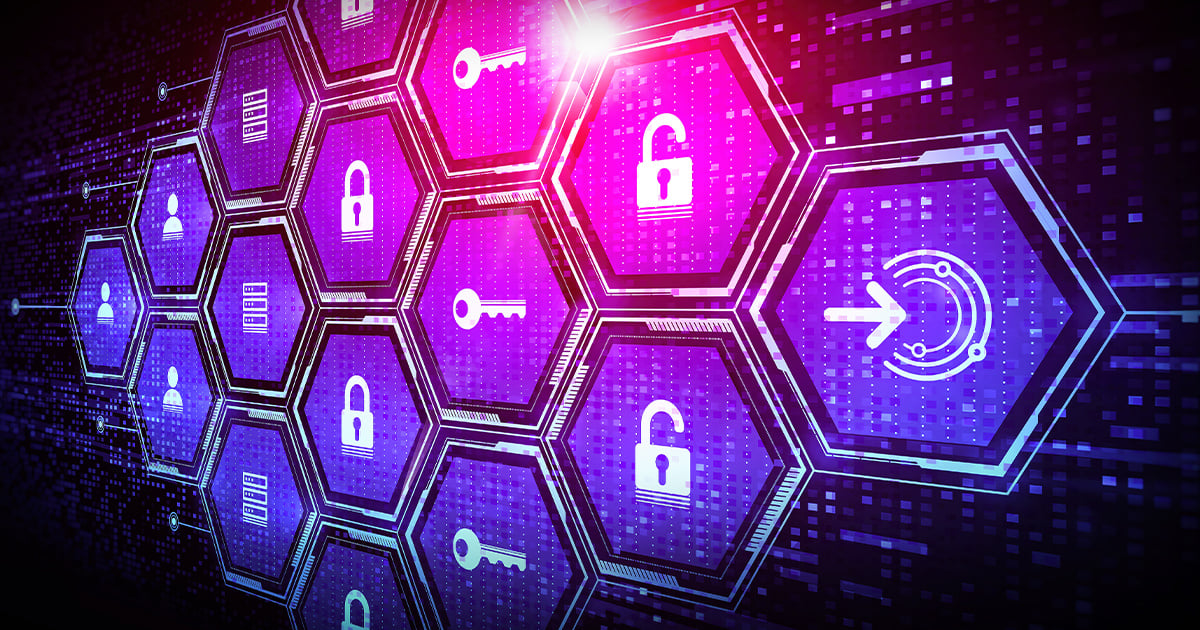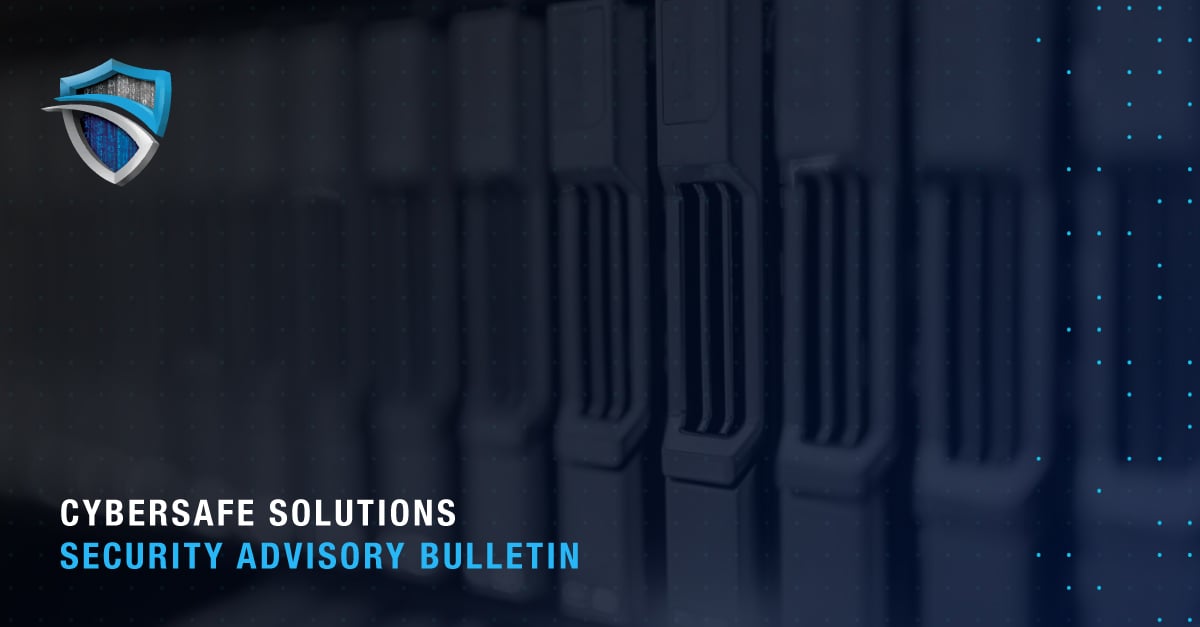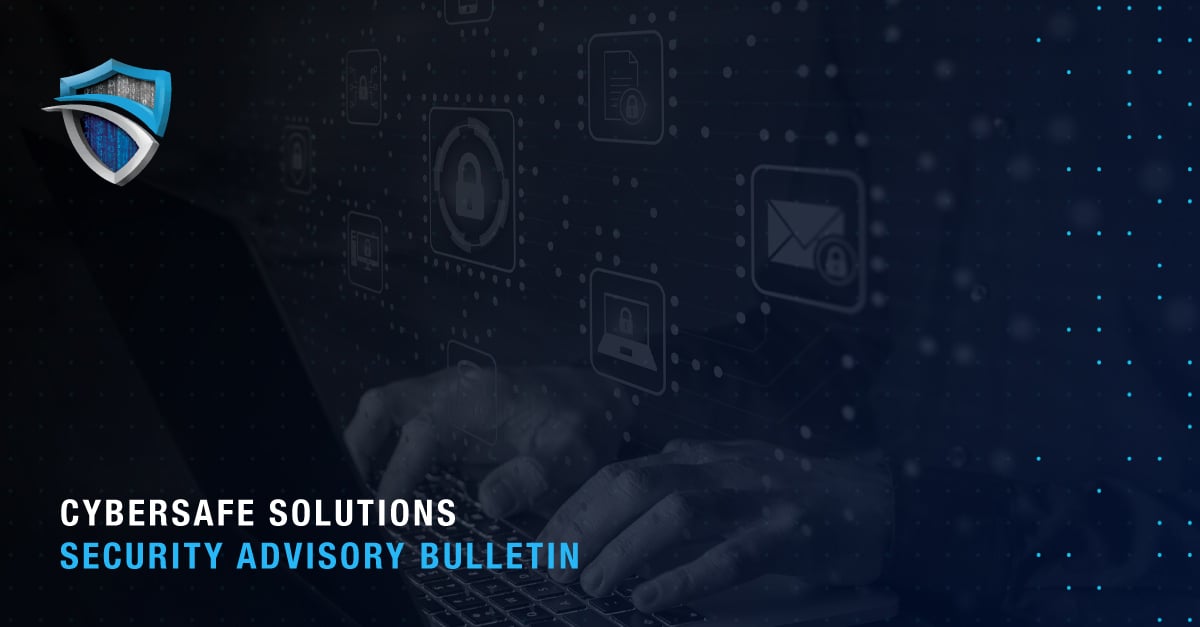Establishing a robust cybersecurity posture can be daunting for small and medium-sized businesses due to the high costs and complexity involved. Many companies struggle simply because they don’t know where to begin.
The information security nonprofit Center for Internet Security’s® CIS Critical Security Controls® v8.1 (CIS Controls® or CIS 18), a set of critical security controls, offers a practical and cost-effective starting point.
This blog will introduce the CIS 18 and explain how these essential controls can guide your business toward cybersecurity excellence, helping you protect your data, systems, and reputation without breaking the bank.
The CIS 18一a Brief History
Born from a grassroots, collaborative effort to identify and address common cyber threats, the CIS Controls® offer practical defense tactics focused around activities rather than physical devices, fixed boundaries, or isolated security measures, and is based on real-world attack data.
Over time, the CIS® has developed the guidelines into a comprehensive framework, cultivating a global network of cybersecurity experts in the process. This community continuously refines the CIS Controls® and provides adjacent resources to ensure alignment with various regulatory standards. The result is a dynamic, widely applicable set of best practices that leverage the collective wisdom from across industries to bolster organizational cybersecurity postures. The most recent version is the CIS v8.1, published in October 2023.
The 18 CIS Critical Security Controls: Your Respective Guide
Let's dive into a primer of CIS Controls Version 8.1, where each control represents a crucial pillar in your cyber defense. A summary of each control provision is included below.
CIS Control 1: Inventory & Control of Enterprise Assets
Maintain an accurate inventory of authorized and unauthorized enterprise assets across physical, virtual, and cloud environments to better manage the attack surface, including end-user devices, network devices, IoT devices, and servers.
Importance: You can't protect what you don't know exists. Asset management forms the foundation of cybersecurity.
CIS Control 2: Inventory & Control of Software Assets
Regularly assess and manage all software assets to ensure only authorized software is installed and mitigate vulnerabilities.
Importance: Unmanaged or outdated software can be a vector for attacks. Keeping a software inventory is key.
CIS Control 3: Data Protection
Implement measures and technical controls to safeguard sensitive data, including encryption, access, and disposal protocols.
Importance: Data is a valuable asset distributed across various environments, making it vulnerable to theft and misuse. Protecting it is essential for compliance and reputation.
CIS Control 4: Secure Configuration of Enterprise Assets & Software
Establish and maintain secure configurations for all enterprise devices and software to minimize vulnerabilities.
Importance: Weak configurations are low-hanging fruit for attackers. Proper setup is crucial to prevent security gaps as updates and changes occur.
CIS Control 5: Account Management
Monitor and manage user accounts to detect and respond to suspicious activities. Use processes and tools to assign, manage, and secure user, administrator, and service account credentials across enterprise assets and software.
Importance: Unauthorized access can lead to breaches. Effective account management is the first step in safeguarding critical systems, minimizing the risk of data exposure, and ensuring only authorized users have access to sensitive resources.
CIS Control 6: Access Control Management
Similarly, it is essential to ensure proper user authentication and access control measures are in place to prevent unauthorized access. This involves using processes and tools to manage, assign, and revoke access credentials and privileges for user, administrator, and service accounts across enterprise assets and software.
Importance: Unauthorized access can lead to breaches. Ensuring users only have access to the data and systems necessary for their role minimizes security risks. Proper access controls are an essential defense layer.
CIS Control 7: Continuous Vulnerability Management
Continuously identify, assess, track, and remediate vulnerabilities in systems and software.
Importance: Vulnerabilities are gateways for attackers. Timely patching is critical to help prevent attacks.
CIS Control 8: Audit Log Management
Implement comprehensive audit log management, such as collecting, alerting, reviewing, and retaining logs of events to help detect, understand, and recover from potential attacks.
Importance: Logs are your trail of breadcrumbs. Audit logs are often the only evidence of an attack. Proper log analysis enables quick detection of malicious activity, helps understand the scope of an incident, and supports incident response and investigation.
CIS Control 9: Email & Web Browser Protections
Email and Web Browser Protections involve enhancing security measures to detect and prevent threats from email and web interactions, which are common attack vectors.
Importance: Phishing and web threats are common attack vectors that exploit user behavior, leading to credential theft, data breaches, or unauthorized access.
CIS Control 10: Malware Defenses
Malware Defenses involve preventing, detecting, and controlling the installation, spread, and execution of malicious software on enterprise assets. These can mitigate risks and include real-time detection for rapid response.
Importance: Malware is a constantly evolving threat that can steal data, disrupt operations, and compromise networks by bypassing traditional security measures.
CIS Control 11: Data Recovery
Establish and test data backup and recovery procedures to ensure data availability.
Importance: Data recovery is critical for ensuring business continuity and data integrity, especially in the face of threats such as ransomware. A backup can't be trusted until proven to provide a complete data restore. Testing should always be a part of a data recovery plan.
CIS Control 12: Network Infrastructure Management
Secure network configurations and architectures help prevent exploiting vulnerable network services and access points.
Importance: Securing network infrastructure protects against attackers who exploit default settings and vulnerabilities in network devices to gain unauthorized access and disrupt operations.
CIS Control 13: Network Monitoring & Defense
Implement measures to monitor, detect, and respond to attacks across the enterprise network.
Importance: Continuous monitoring is crucial because it enables timely detection of threats, reducing the potential impact of security incidents on the enterprise.
CIS Control 14: Security Awareness & Skills Training
Educate employees about cybersecurity risks and best practices through training programs.
Importance: Human behavior is a critical factor in cybersecurity. Training helps prevent incidents caused by user errors, such as clicking on malicious links or mishandling sensitive data.
CIS Control 15: Service Provider Management
Manage and assess relationships with third-party service providers to ensure they protect the enterprise’s critical IT platforms and sensitive data.
Importance: Third-party breaches can significantly impact an enterprise, underscoring why service providers should meet security standards and protect sensitive information.
CIS Control 16: Application Software Security
Manage the security lifecycle of software, including in-house, hosted, or acquired applications, to prevent and remediate security weaknesses.
Importance: Applications manage sensitive data and control access to system resources, making them prime targets for attackers. Keeping them up to date helps prevent exploitation.
CIS Control 17: Incident Response Management
Develop and maintain an incident response plan to effectively prepare, detect, and respond to security incidents to minimize damage and support recovery.
Importance: Incidents are inevitable. A well-structured incident response is critical for quickly addressing security breaches, reducing their impact, and preventing future incidents.
CIS Control 18: Penetration Testing
Penetration Testing measures the effectiveness of security controls by simulating attacks to identify and exploit weaknesses in enterprise defenses.
Importance: Testing helps uncover weaknesses and assess the resilience of an enterprise’s security posture against real-world threats.
Why CIS Controls Matter
CIS Critical Security Controls provide a structured and comprehensive framework for organizations of all sizes and cybersecurity maturity levels, especially those lacking the resources or expertise to develop a comprehensive cybersecurity program independently. By adopting these controls, organizations can significantly enhance their security posture, reduce vulnerabilities, and better defend against a wide range of cyber threats.
Stay informed, stay secure, and consider alignment with CIS Critical Security Controls—a critical step on your cybersecurity roadmap.
Cybersafe Solutions is a leading MSSP leveraging CIS Critical Security Controls and other industry standards to help organizations bolster their cybersecurity posture, mitigate risks, and defend against evolving threats. To learn more about partnering with Cybersafe to enhance your security, contact us today.




